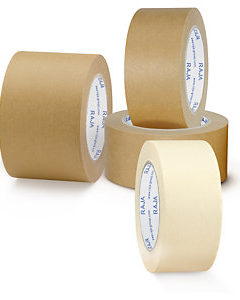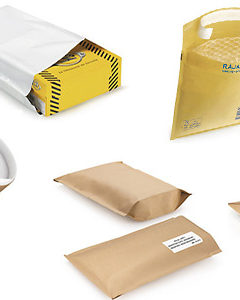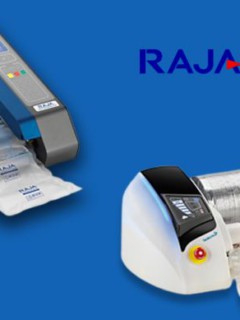There is a whole team of marketers, designers and stylists working together to show the product in the best light on the ways in which products are visually presented to customers, including the creation of advertising and promotional materials. But what happens to the product in the real world? How do customers see it without professional lighting or post editing? As social platforms such as Facebook, Instagram, Twitter, Pinterest or Tumblr tend to grow, one thing is certain.
Customers, not marketers, will increasingly be at the forefront in the visual presentation and dissemination of product images.
Just how much power social media and its users have when it comes to brand and product promotion is indicated by the results of a Canon study that examined trends in photography. The results showed that nearly one in four consumers take around 300 photos a month. Instagram alone has more than 700 million monthly active users and Twitter reports more than 313 million. Consumers are creating and sharing images of almost everything, all the time, which means that brands and their products are taking on a visual and social life of their own that is not in the hands of you, the marketer, but in the hands of the consumer. However, you can influence the real success of products to a large extent outside the “safe” environment of a professional team.
Traditional methods of gaining insight into how products look and perform in the real world include tracking references in texts through hashtags or tags that customers have used. So you can now track and analyze the appearance of your products in the “wild.”
There are significant lessons to be learned from the vivid images of products on social media and you can use these insights to improve. For example, what is the customer’s first interaction with the brand through the packaging? You can find out how customers see the product and whether the design and placement of the logo is visible and eye-catching enough.
Both product and secondary packaging, in which the goods are delivered into the hands of the customer, is an excellent communication and outreach channel. Packaging containing a message that encourages your customers to spread their feelings and experiences about the product is a new weapon in your hands. Social networks are used to create demand, which can naturally be created by users – your customers.
Social networks are therefore not only a place for brand visibility, but also a business environment where customers get to know, discuss and, last but not least, desire products without censorship.
The results of the IconoSquare study showed that 62% of Instagram users follow a brand’s profile for a simple reason – they like the brand. As long as you post the right photos and images on Instagram, consumers will receive your marketing message without having to be exposed to complex sales techniques.
The principle and purpose of social media is simple – happy customers help turn passive customers into active ones.
Using social media to promote products through eye-catching, fun and unique packaging has several benefits
- social media can spark a product discussion that can take on huge proportions,
- social media has a wide reach,
- social media humanises brands and their products.
Therefore, use your product packaging to grab customers’ attention. Communicate with them through packaging, offer them opportunities to learn more useful information, or connect them with a community of people with common interests. The more you personalise your packaging, the more likely you are to reach customers in a way that is both human and playful.
Practical examples
When we help – Indie Hair
Indie Hair represents one of many cases where incorporating social media into packaging design has had a hugely positive impact on brand and product perception. The Indie Hair brand represents a beauty product line with a distinctive style. The design of their packaging can be identified at a glance thanks to the chunky font and bold colours. Each and every single packaging contains a unique hashtag that appears across the entire product line. For example, the pink line of extra firming hair products carries the hashtag #superfirm, which appears repeatedly on the packaging, in advertising copy and campaigns, and especially on Instagram. When you enter the hashtag from Indie Hair product packaging on Twitter or Instagram, you’ll find a large number of posts from customers giving the brand the best name and advertising.
This idea of incorporating a unique hashtag into the packaging design is cleverly paired with the company’s #MyIndieHair hashtag, which replicates the company’s web address and covers more general tips. The company completes the marketing circle by offering hair styling tips on its website. Thanks to the packaging design and hashtag campaigns, this creates a dynamic community of loyal customers around the brand.


When it goes by itself – Subway
The company’s choice to use their distinctive logo on every single piece of paper they wrap their sandwich in is a great example of how cleverly designed packaging can literally appear on social media on its own. Every marketer’s dream thus becomes a reality when a product takes on a social life and awareness of its own. Imagine what a shame it would be if the sandwich was wrapped in plain paper with no company logo.
https://www.instagram.com/p/BHm8Nw9jdND/














